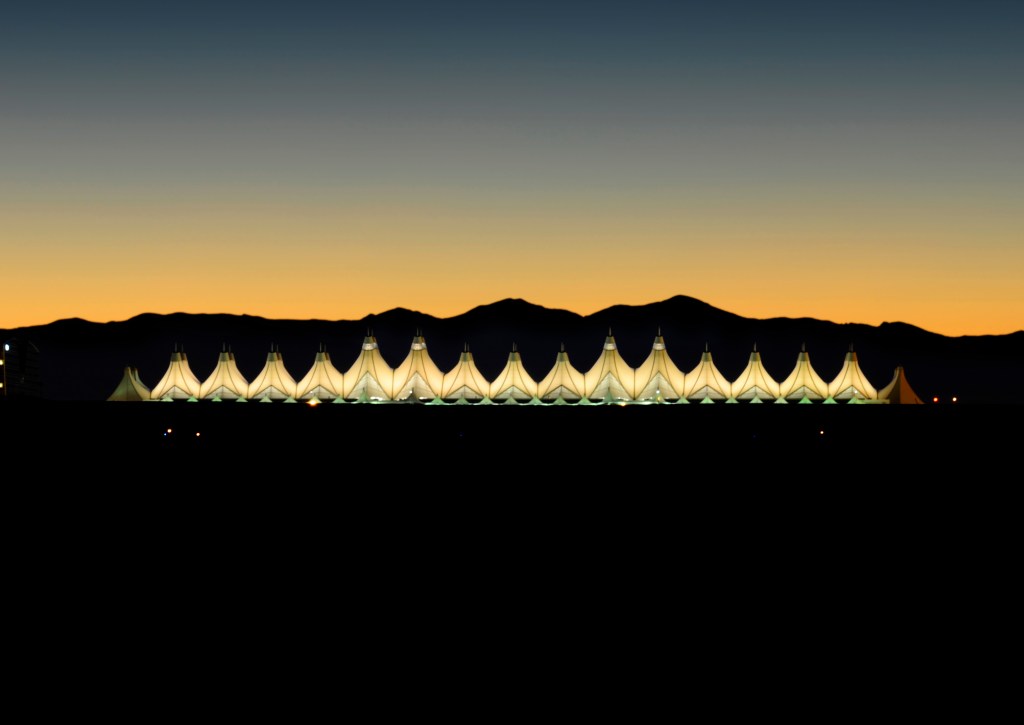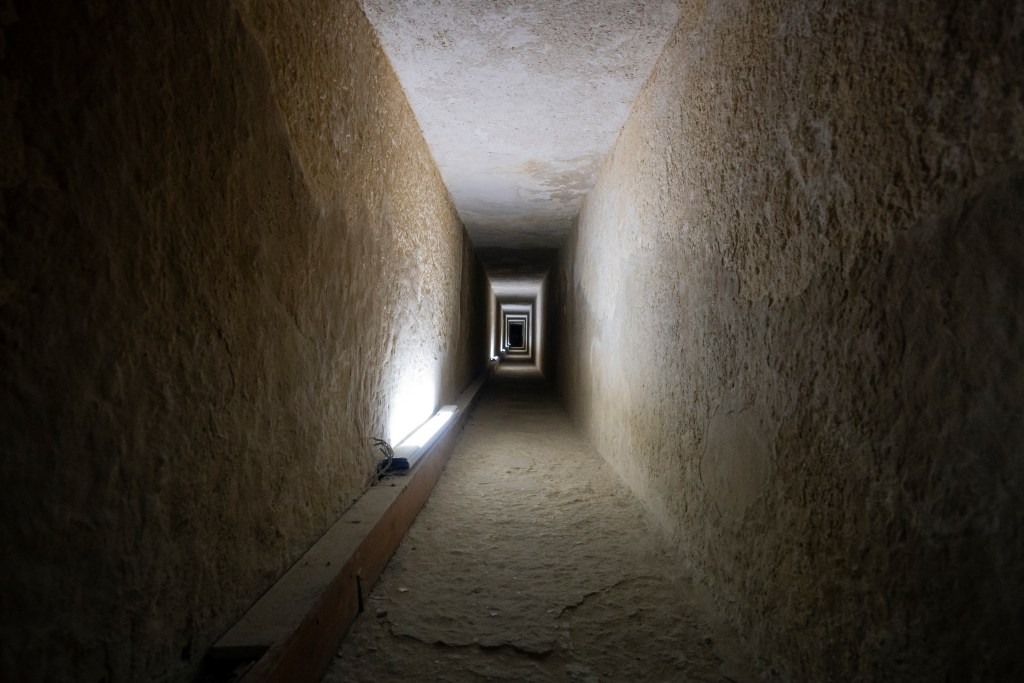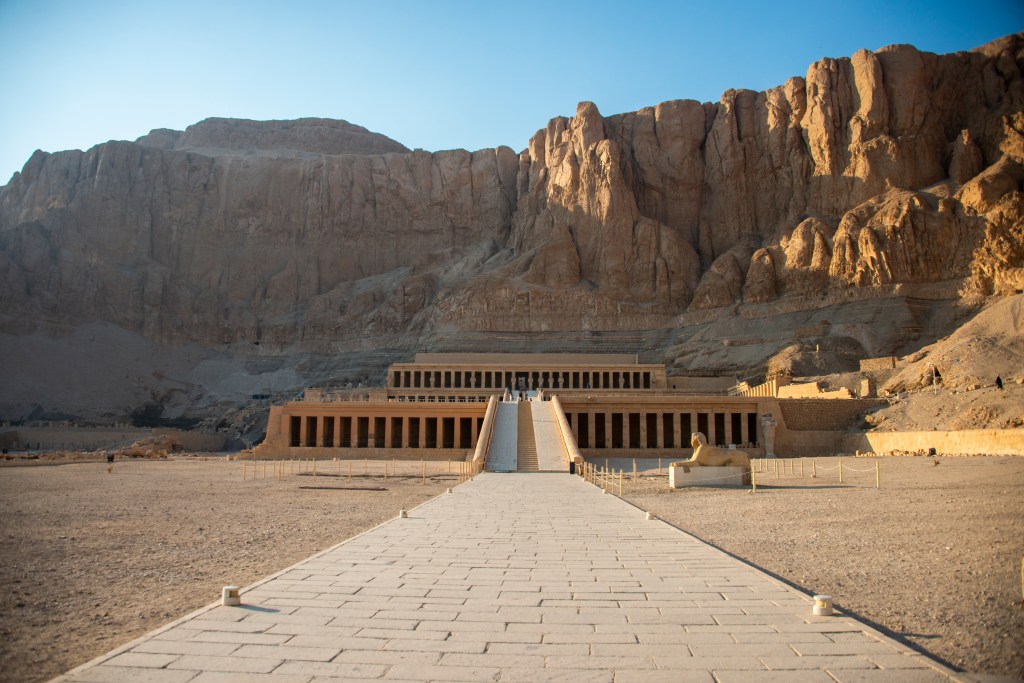Cutting to the core of an ancient city like Athens isn’t easy, even for an experienced traveler.
Not only are you seeking out highly complex and antiquated landmarks, but you’ll also be competing with hordes of tourists just to see the sites and read a few placards. Even tourists who go above and beyond to book private tours and get off the beaten path might still leave Athens feeling like they barely scratched the surface.
If you’re just passing through on your way to the Greek Islands, maybe that’s not an issue for you.
But if you’ve been dreaming of exploring Athens for a while, then booking a few basic tours and buying a few museum tickets won’t do the job. Worse, you might overspend on a subpar experience, wasting both time and money.
Once again, I’ve got a magical little recommendation for you: book with local tour guides.
Even better, book a tour with Panos, Athens’ top-rated tour guide from ToursByLocals. And just to clarify, this isn’t sponsored content: I’m passionate about recommending tours from local guides, and ToursByLocals does it well. (Maybe you could tell by the name?)
If you’re sick of booking pricey, basic tours and you’ve got an upcoming trip to Athens, here’s what you need to know from one of its most expert, experienced tour guides.
5 tips on visiting Athens from a top-rated tour guide

Tip #1: You need a tour guide with academic qualifications in Athens
Just about anyone can make a profile, get registered, and start offering tours online—but they might be hobbyist guides instead of professional ones.
Expert tour guides like Panos are qualified to show you Athens because they’ve actually gone to school to learn about history, archaeology, and even hospitality. Panos holds a bachelor’s degree and two master’s degrees in topics that relate specifically to the Mediterranean and Ancient Greek civilization. He also has language certificates in English, French, and German.
On top of that, Panos is a licensed tour guide with the Greek Ministry of Tourism, meaning he’s officially certified to show you the best in Athens.
Here’s my point: general tours in cities as complex and culturally rich as Athens simply won’t show you what’s really going on underneath the surface. You won’t learn or experience anything you couldn’t find online or in a book.
Tip #2: Athens has unofficial archaeological sites, too
Did you know that Athens is dotted with unofficial sites and landmarks that tourists and underqualified tour guides don’t know about?
One of Panos’ favorite parts about offering tours is taking tourists away from the crowds at popular sites to show off other ruins that don’t get as much coverage. Some are even covered in greenery and virtually empty.
Tip #3: Pro guides make the past feel present
Piggybacking on my first point (that your Athens tour guide should have some academic qualifications), Panos is incredibly passionate about his work. He’s not a tour guide out of necessity, but because he loves to dig into how Ancient Greek civilization helped steer humanity and how its influence can still be felt today.
One of Panos’ goals as a tour guide is to show his visitors that, despite how different people from around the world are, we also have a lot in common. Greek civilization still lives on today, and Panos can make direct connections between the historical timeline and modern life. You won’t get that one on a short, basic tour.
Tip #4: The Acropolis and Plaka are barely the start
If you’ve been researching or planning a trip to Athens, you’ve probably looked into visiting the Acropolis and exploring the historic Old Town of Plaka. But one of the most consistent tips on visiting Athens is that you need to explore the city beyond those main attractions.
Panos can take you off the beaten path and away from well-known locations for a more genuine experience that fellow travelers won’t get. In short, you’ll go home with stories and photos that your friends and family didn’t—even if they’ve also been to Athens.
Tip #5: Forget the stereotypes you know from popular media
When I asked Panos what he wished tourists wouldn’t do when visiting Athens, he mentioned avoiding stereotypes. Whatever you’ve learned about Greek culture from popular media, let it go during your time in Athens—this city and its residents aren’t like what you’ve seen in movies or on TV shows.
Fun fact about Athens’ top-rated tour guide: Panos has some far-out destinations on his bucket list
Panos says he’s been lucky to visit many destinations that were high on his bucket list. A few that he hasn’t explored yet are Mongolia, Socotra (an island off the coast of Yemen), Madagascar, Bhutan, and Guatemala.






